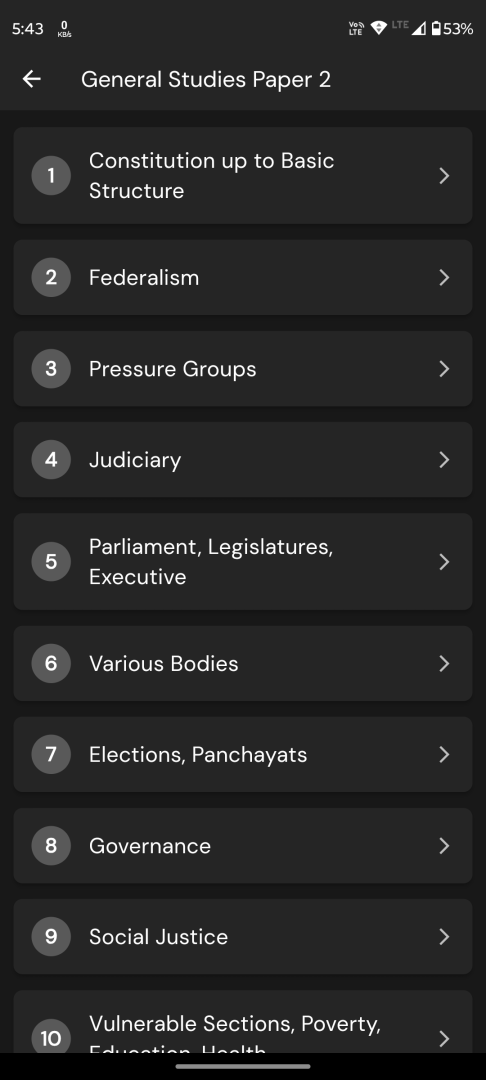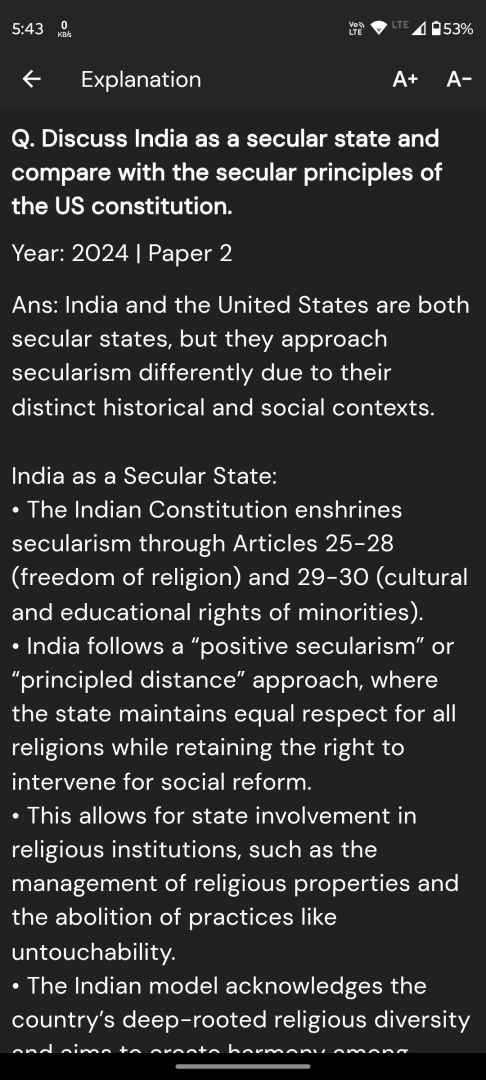Q. Explain the factors influencing the decision of the farmers on the selection of high value crops in India.
UPSC Mains 2025 GS3 Paper
Model Answer:
Factors Influencing Farmers’ Selection of High-Value Crops in India
High-value crops (HVCs) including fruits, vegetables, spices, and floriculture offer superior returns compared to traditional cereals. Farmers’ adoption depends on multiple interrelated factors:
Economic and Market Factors:
• Profitability potential – HVCs generate 2-3 times higher returns per hectare (tomatoes vs wheat in Punjab)
• Urban demand surge – Rising incomes and dietary changes create steady markets
• Export opportunities – Grapes from Maharashtra, Kashmir saffron
• Price volatility risks – Absence of MSP for most HVCs creates uncertainty
Agro-ecological Determinants:
The suitability of soil-climate conditions fundamentally determines crop selection. Water availability through micro-irrigation (drip systems in Gujarat) enables HVC cultivation even in water-scarce regions. Region-specific advantages like Kashmir’s saffron cultivation demonstrate geographical constraints.
Institutional Support:
• Government schemes – MIDH, RKVY, Operation Greens for TOP crops
• Market infrastructure – e-NAM platform, cold storage networks
• Credit and insurance availability influences risk-taking capacity
• FPOs presence enables small farmers’ participation
Socio-personal Factors:
Small landholdings favor labor-intensive vegetables. Farmers’ entrepreneurial spirit, access to extension services, and demonstration effects from progressive farmers significantly impact adoption decisions.
Conclusion:
Transitioning to HVCs requires addressing economic incentives, infrastructure gaps, and risk mitigation simultaneously for sustainable farmer income enhancement.




